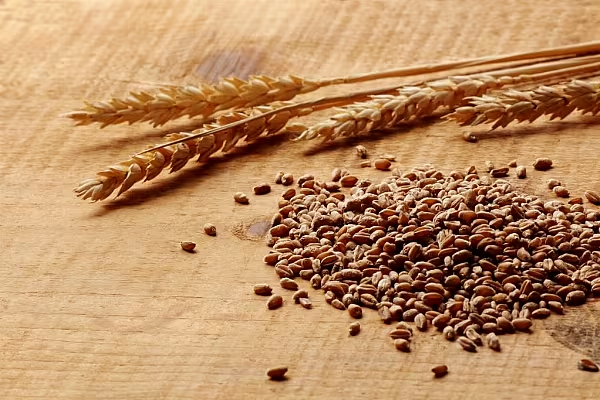A dry spell across Europe is starting to raise concern about stress for wheat crops recovering from a rain-disrupted sowing season that put the region on course for a smaller harvest.
"Dry and warmer than usual upcoming conditions should improve the current state of wheat plants in regions with excessive wetness," said Aaron Grau, a crop analyst at Refinitiv Agriculture Research.
"Dryness concerns in Central Germany and especially East Germany and Poland are rather going to be escalated further with the upcoming dry and warm weather," he added.
Monitoring Rainfall Forecasts
With much of the continent receiving very little rain in the past month, the market is monitoring forecasts of showers for next week to see how much rain falls.
In France, wheat was seen at less immediate risk from dryness than just-sown spring crops, but could be hurt by a persistent lack of rain given the weaker state of plants this year, analysts said.
As of 30 March, 62% of soft wheat was rated good or excellent compared with 84% a year earlier, according to farm office FranceAgriMer.
France's agriculture ministry has estimated that the country's soft wheat area would decrease by 7.5% from last year to a 17-year low of 4.6 million hectares due to wet sowing weather.
A Steep Decline In Wheat Area
Britain is also set for a steep decline in wheat area due to excess rain, with extra spring wheat drillings only partly compensating and the dry spell too late to save some fields.
A survey by Britain's Agriculture and Horticulture Development Board projects the total wheat area will fall 17% to 1.50 million hectares.
"There have been fields where parts of them were under water for a prolonged period and the crop has died. It is very hard for the sector to quantify this into tonnes at harvest,” said Harriette Roberts, chief combinable crops adviser at the National Farmers Union.
'More Rain Needed'
In Germany, a mild winter boosted winter wheat and recent dry weather helped spring wheat sowing. "Overall the picture is good now, but more rain is needed in the second half of April especially in the east,” one German grains analyst said.
Germany’s 2020 wheat harvest could be unchanged from 2019 at about 23 million tonnes, with better yield prospects so far offsetting a 6% fall in area to 2.9 million hectares, he said.
In Poland, rain was also seen as necessary to maintain favourable crop conditions.
“In most parts of Poland we urgently need rain. The harvest forecast is subject to downward revision if it stays dry in April," said Wojtek Sabaranski of analysts Sparks Polska.
Poland’s 2020 wheat crop is estimated by Sabaranski at 11.5 million tonnes, up 4% from last year.














